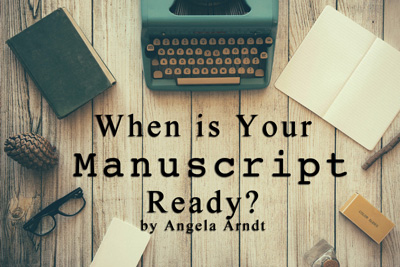I had the amazing privilege to see Susan May Warren and Rachel Hauck in action at the ACFW Conference in August. I loved watching them explain the LINDY HOP and Story Equation and to take questions from the audience. One question that was on all our minds was:
When is My Manuscript Ready?
If you’ve written your very first complete first draft, congratulations! Take a moment to celebrate with friends and bask in typing The End.
However, there are several things you need to review, including all the lessons here on http://www.mbt.academy. Be sure to click on the Novel Academy link and review those Pep Talks. After you’ve applied all those lessons, you may want check for these conference buzzwords:
Show, Don’t Tell. Some new writers think this is a secret password. Instead, it’s way to make readers feel a story more deeply. Write the story while looking through your character’s eyes. For example, instead of saying, “she felt cold,” say: “She shivered as the frigid wind swirled around her.”
The Character Arc. Make sure your main character has flaws at the beginning and improves those flaws throughout the story.
Resist the Urge to Explain (RUE). I love this Karen Ball-ism. This is a follow-up to #1. This means show the action with no back-story.
Which leaves you wanting more:
A woman walks up to your main character. She calls him, “Daddy,” then gasps and runs away.
Or:
A woman walks up to your main character, calls him, “Daddy,” then gasps. But instead of leaving, she says, “My father dressed the same and the memory was so strong, I had to call you that. You see, I was his only daughter and he died last year. I have yet to recover from that loss. I sincerely apologize.”
I hope you picked the second scene. Show the action without explanation.
Critique Partners or Groups. Send your baby to school. You don’t have to agree with every mark-up, but keep an open mind as you read the edits. A book is not a writer-in-an-ivory-tower experience. It’s an all-join-hands-and-write effort. The more minds that contribute to your book, the better it will be.
Beta Readers. Ask a few trusted friends to read and comment before you send it off. Be sure to explain to them what Beta Reader Etiquette is. It will save your feelings and your friendship.
Begin the Next Book.
Finally, after your manuscript is polished and put in the mailbox, start another book. Editors want to know that you can repeat the process. If they love this book, they’ll probably ask if you have anything else for them.
Better yet, begin the next book or series and tell them about it in your cover letter. Let them know you’re not a one-book wonder. You’re a career writer.
~*~
 Angie is represented by Joyce Hart of Hartline Literary Agency. She’s working on a novel set in a small Southern town. She and her husband live in a big wood outside a small town in South Carolina. She would love for you to visit her, at angelaarndt.com.
Angie is represented by Joyce Hart of Hartline Literary Agency. She’s working on a novel set in a small Southern town. She and her husband live in a big wood outside a small town in South Carolina. She would love for you to visit her, at angelaarndt.com.

Comments 1
Correction: Under RUE, the first scene shows the action without the explanation, not the second.
I think I should’ve added one more suggestion: read it through one more time!